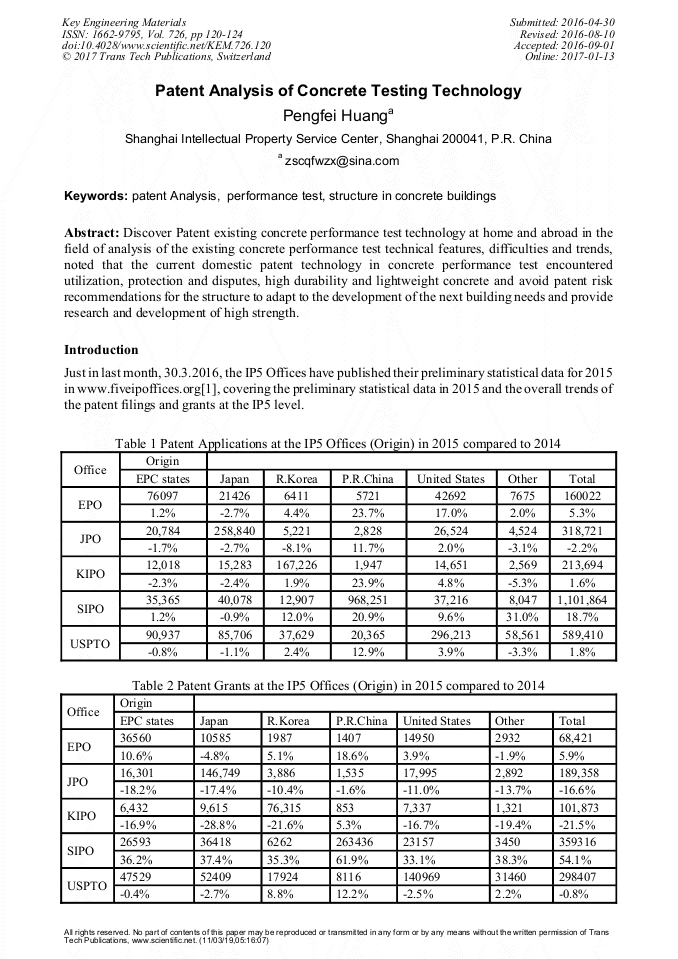
The Race to Patent Reinforced Concrete
The Downfall of Patenting
At the peak of the race to patent reinforced concrete (the beginning of the 20th century), architects, construction companies, and even some engineers were tired of engineers using patents to almost monopolize the reinforced concrete industry.
At that time, a so-called reinforced concrete system is defined as a particular combination and disposition of elements (steels bars and concrete) to be applied for a specific purpose (slabs,
columns, etc.). Patents specify usually the function of the reinforced concrete elements as slabs,beams, columns, etc. Moreover, they describe the location and the type of reinforcements (bottom
flange, curved bars, etc.) and sometimes also the reasons for such arrangement (against tension, shear force, etc.).


architects' demands for access to what was increasingly recognised as a viable 'new' building material, with definite practical advantages. The terms of this access were seen to be the freeing of reinforced concrete from
patentees' control of its design and execution, as well as the alteration of building regulations to encourage the use of reinforced concrete
Theoretical standards relieved therefore reinforced concrete from proprietary systems.
Combining a demand for access to the new popular building material, and a few structural failures, led to another demand; building standard for reinforced concrete. No calculations in patents led to a call for standards. In came building standard organizations like the American Concrete Institute, and put an abrupt halt on the race to patent reinforced concrete

Committee
Institution
Universities

benefit of the architects
Concrete Institute
Question the
conditions of reinforced - concrete practice
monopoly











1932
1932
1905
1940
1882
1951
1852

Emphasis on drawings and details

VS.
Emphasis on structural capabilites and calculations
Hennebique Patent for reinforced concrete ceiling in 1902
Vs.
S A Parker Patent for reinforced concrete building in 1971
1 Ignacio Marcos, Jose-Tomas San-José, Amaia Santamaría & Leire Garmendia (2018) Early Concrete Structures: Patented Systems and Construction Features, International Journal of Architectural Heritage, 12:3, 310-319
2 Marcos, I., San José, JT, Cuadrado, J., (2014). Patents in the introduction of concrete armed in Spain: case study of the Alhóndiga de Bilbao. Construction Reports, 66 (534): e024
3 Honda, Yasuhiro. “The Hennebique Company: An Early Industrialization for the Reinforced Concrete (1880-1914.” Historical Studies in Civil Engineering 21 (2001): 227–32.
4 CUSACK, PATRICIA. "Agents of Change: Hennebique, Mouchel and Ferroconcrete in Britain, 1897-1908." Construction History 3 (1987): 61-74. Accessed October 28, 2020. http://www.jstor.org/stable/41613635.
5 Anaya, Jesus. “Historical Patents and the Evolution of Twentieth Century Architectural Construction with Reinforced and Pre-Stressed Concrete ”
6 ASTM International
7 American Concrete Institute